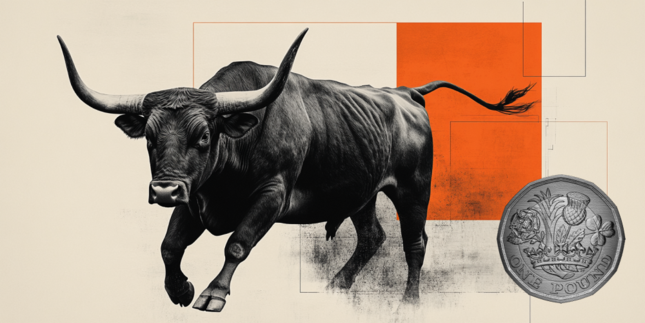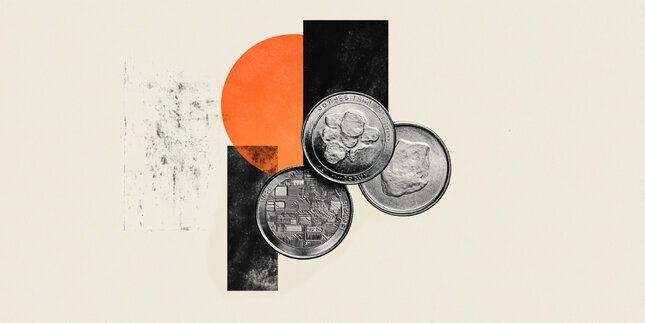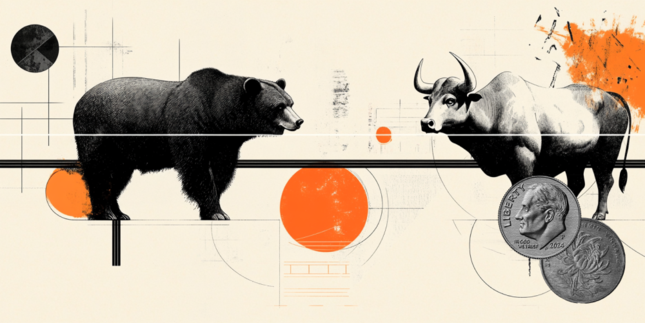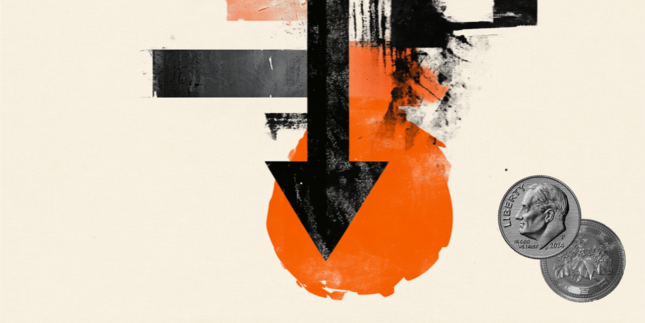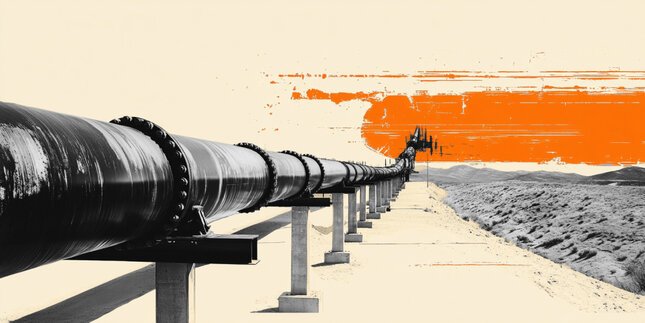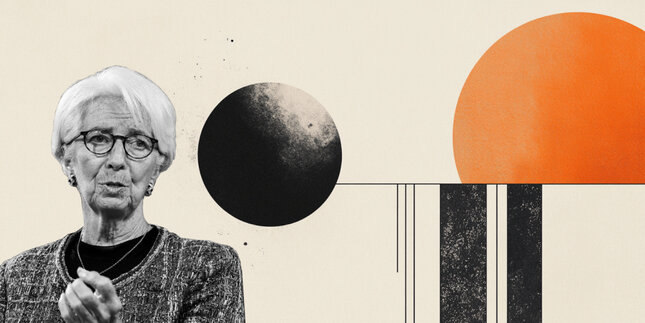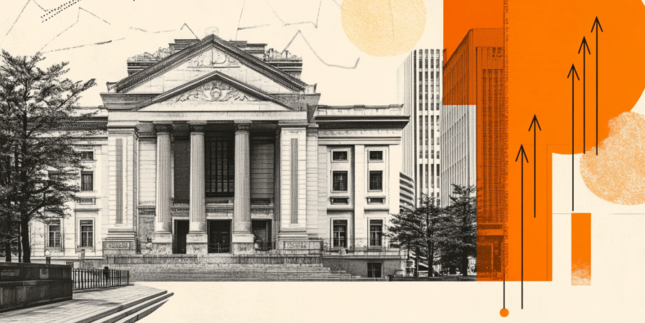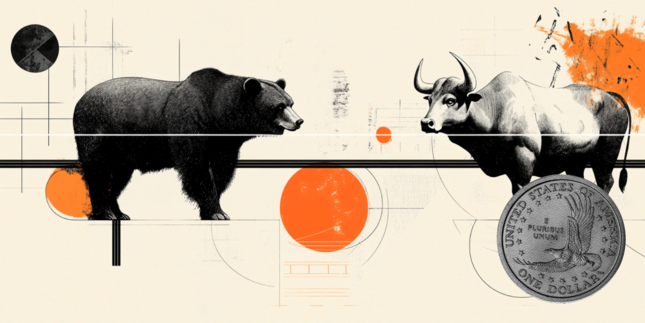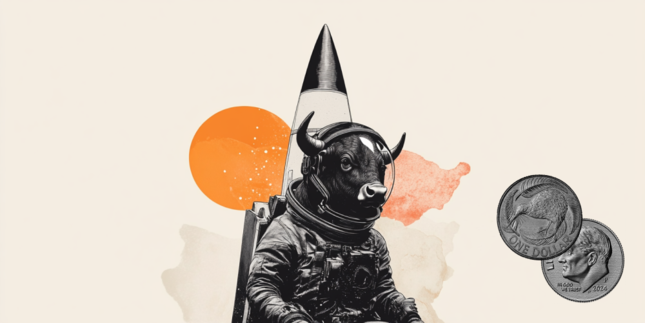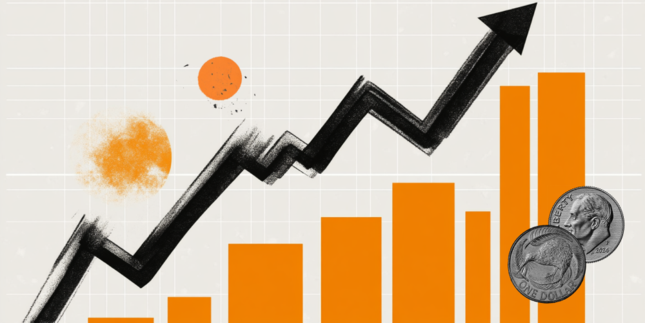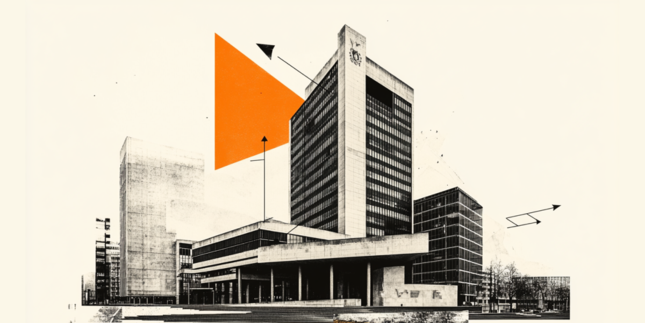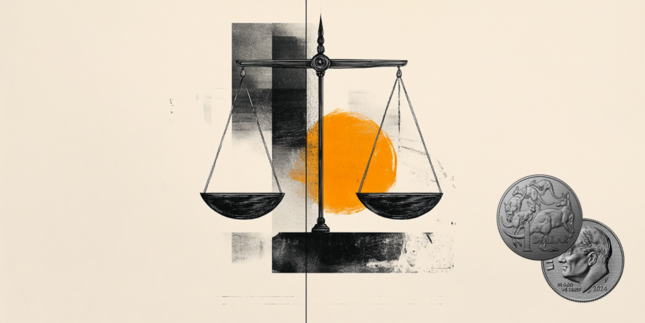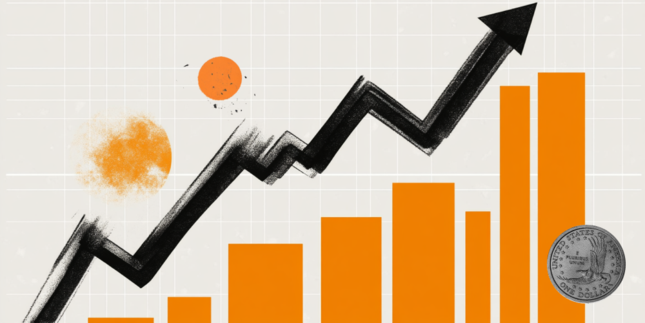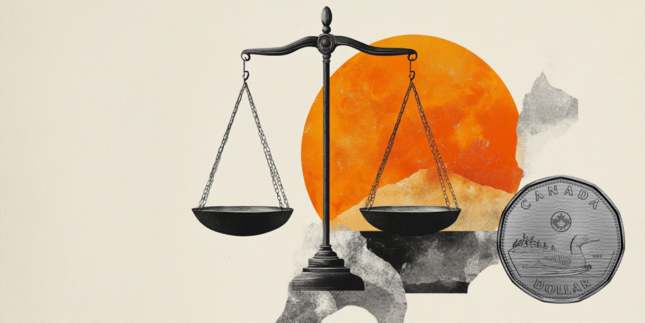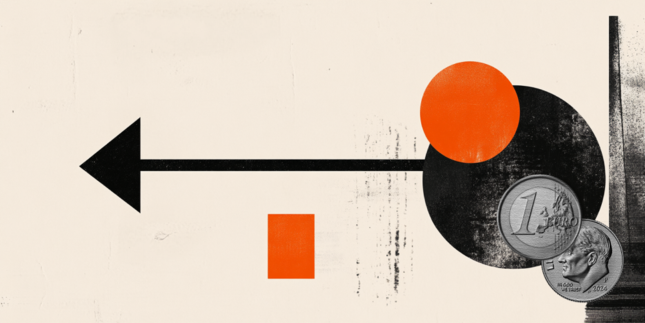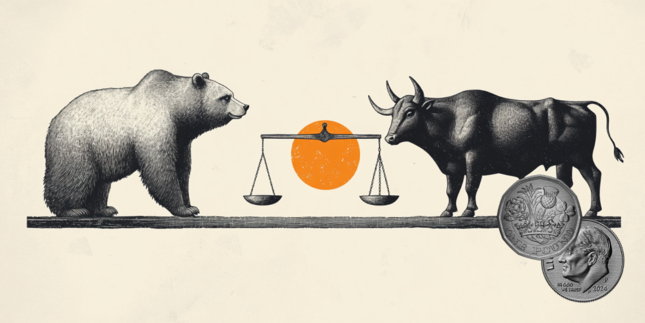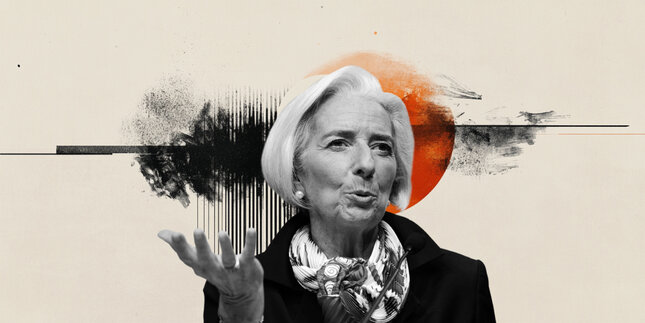-
Opps!
This language contents are not available!
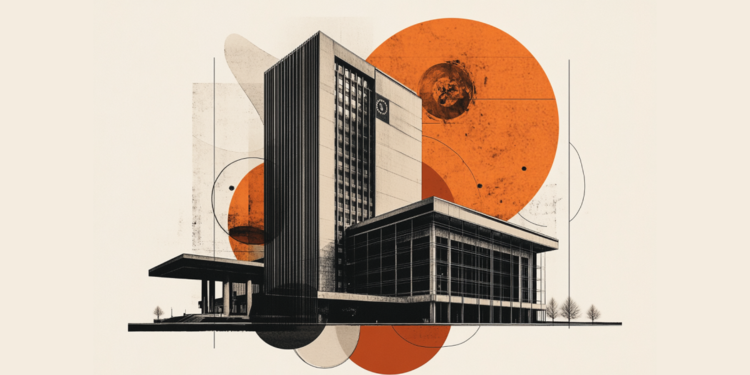
ECB's Knot sees little obstacle to another rate cut next week
European Central Bank (ECB) policymaker and a hawk Klaas Knot noted on Wednesday that he “sees little obstacle to another rate cut next week.”
Further comments
Data is encouraging, confirms that we'll return to target.
Hopes to see recovery in economy, then we'll take it from there.
There is new downside risk from trade policy on growth, impact on inflation not so clear.
But pretty comfortable with market expectations for the next two meetings.
But if recovery continues, not too convinced that we need to into "stimulative mode".
Separately, his colleague Yannis Stournaras said that “rates should be close to 2% by end of the year.”
“Interest rate cuts should be at the order of 25 basis points (bps) each time to get close to 2% by the end of 2025,” noted Stournaras.
Market reaction
EUR/USD maintains its offered tone near 1.0400 following these dovish comments, losing 0.16% on the day.
ECB FAQs
The European Central Bank (ECB) in Frankfurt, Germany, is the reserve bank for the Eurozone. The ECB sets interest rates and manages monetary policy for the region. The ECB primary mandate is to maintain price stability, which means keeping inflation at around 2%. Its primary tool for achieving this is by raising or lowering interest rates. Relatively high interest rates will usually result in a stronger Euro and vice versa. The ECB Governing Council makes monetary policy decisions at meetings held eight times a year. Decisions are made by heads of the Eurozone national banks and six permanent members, including the President of the ECB, Christine Lagarde.
In extreme situations, the European Central Bank can enact a policy tool called Quantitative Easing. QE is the process by which the ECB prints Euros and uses them to buy assets – usually government or corporate bonds – from banks and other financial institutions. QE usually results in a weaker Euro. QE is a last resort when simply lowering interest rates is unlikely to achieve the objective of price stability. The ECB used it during the Great Financial Crisis in 2009-11, in 2015 when inflation remained stubbornly low, as well as during the covid pandemic.
Quantitative tightening (QT) is the reverse of QE. It is undertaken after QE when an economic recovery is underway and inflation starts rising. Whilst in QE the European Central Bank (ECB) purchases government and corporate bonds from financial institutions to provide them with liquidity, in QT the ECB stops buying more bonds, and stops reinvesting the principal maturing on the bonds it already holds. It is usually positive (or bullish) for the Euro.
Forex News
Keep up with the financial markets, know what's happening and what is affecting the markets with our latest market updates. Analyze market movers, trends and build your trading strategies accordingly.


